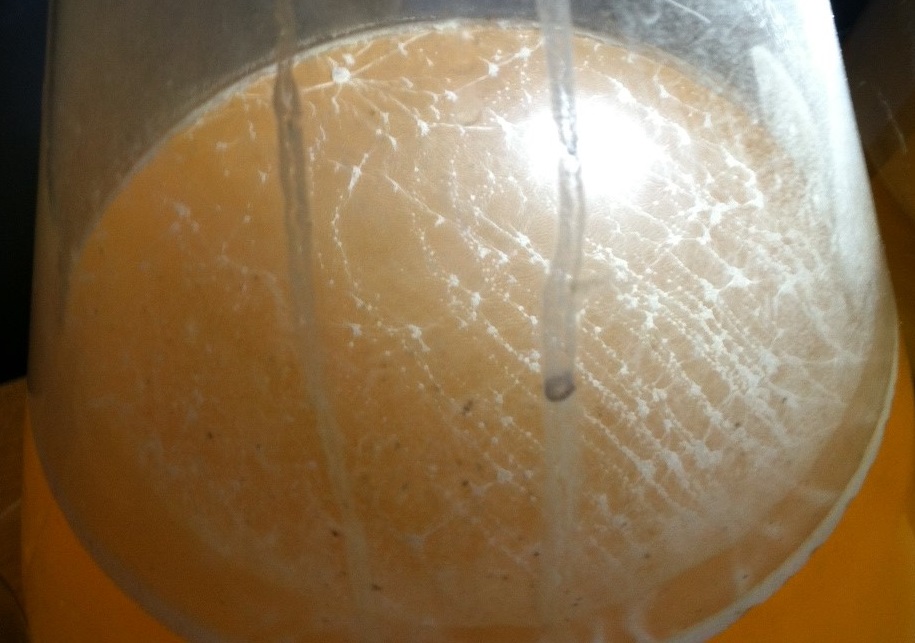BGBC
Well-Known Member
Thanks, it's kind of a funky smell though. If it IS infected tho....what do you do? Just see how it tastes and go from there? Or dump and start over?
What yeast? I agree, one day in to fermentation, that's probably not a pellicle. Guessing it's just krausen.





